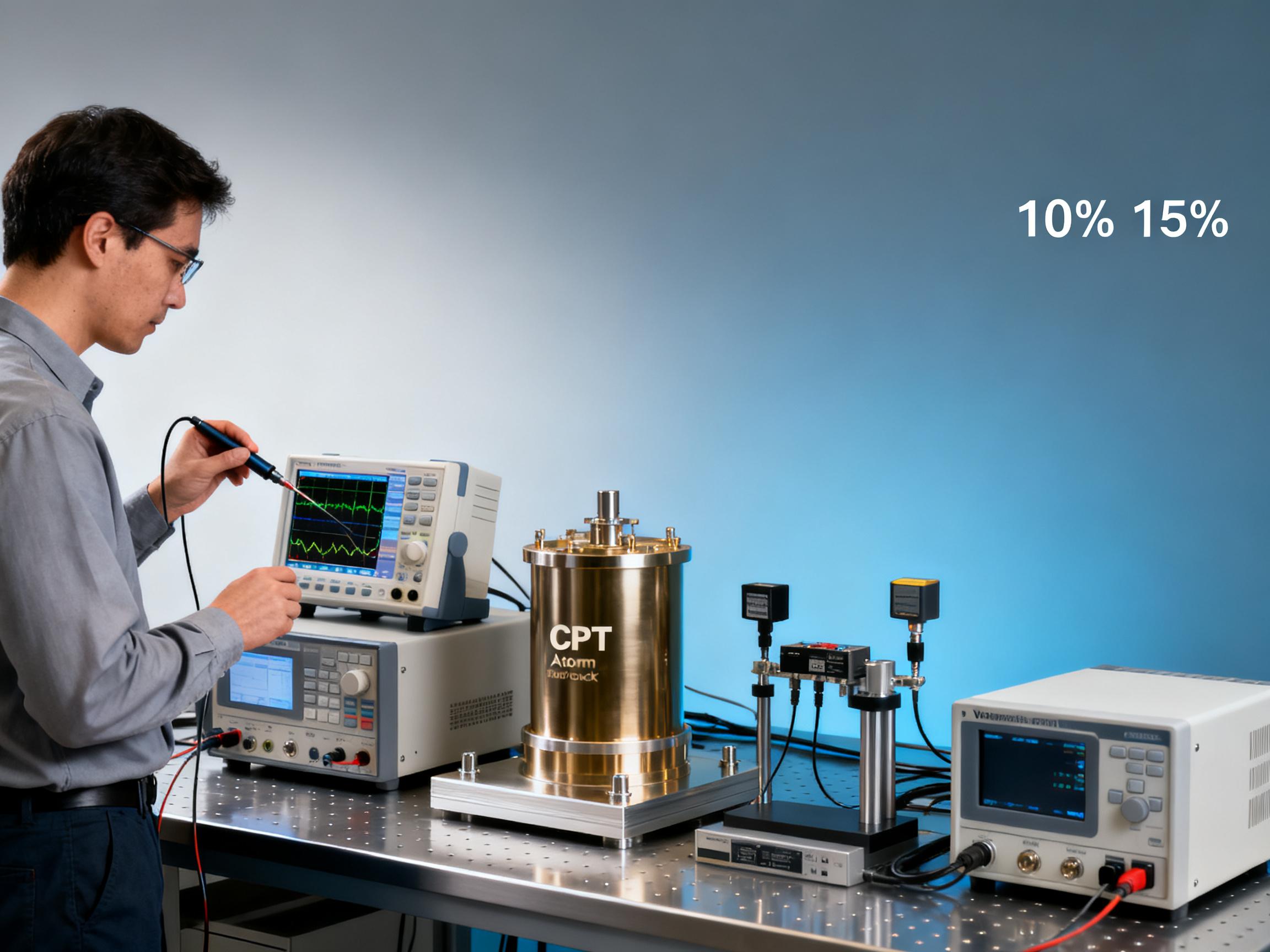RELATED
![How CPT Atomic Clocks Reduce OPEX in 5G Base Stations [Real Data] How CPT Atomic Clocks Reduce OPEX in 5G Base Stations [Real Data]](https://usimg.bjyyb.net/grey.png?x-oss-process=image/resize,m_fixed,w_800,h_600,limit_0) How CPT Atomic Clocks Reduce OPEX in 5G Base Stations [Real Data]2025-12-11
How CPT Atomic Clocks Reduce OPEX in 5G Base Stations [Real Data]2025-12-11 2024 CPT Atomic Clock vs Rubidium: Which Offers Better Stability for Telecom Networks?2025-12-08
2024 CPT Atomic Clock vs Rubidium: Which Offers Better Stability for Telecom Networks?2025-12-08 Live Demo Results: CPT Atomic Clock Performance Under Harsh Environmental Tests (Data Inside)2025-12-05
Live Demo Results: CPT Atomic Clock Performance Under Harsh Environmental Tests (Data Inside)2025-12-05 Budgeting for Precision: Total Cost of Ownership for a Rubidium Atomic Clock Over 5 Years2025-12-03
Budgeting for Precision: Total Cost of Ownership for a Rubidium Atomic Clock Over 5 Years2025-12-03
MESSAGE
The selection of rubidium atomic frequency standards requires different trade-offs and compromises. First, determine the main performance indicators such as stability, accuracy, and drift rate. Secondly, consider the application environment of the rubidium clock, and finally consider factors such as reliability, volume, quality, price, and power consumption.
Stability
Stability includes short-term stability and long-term stability. The indicators are generally 5×10-11~1×10-12 (sampling time is 1s) and 1×10-11~1×10-12 (sampling time is 1d). Choose a rubidium atomic frequency standard with long stability or short stability based on the requirements for stability.
Drift Rate
Frequency drift rate is one of the important indicators of rubidium atomic frequency standard. It is generally believed that optical frequency shift is the main factor causing the frequency drift of the whole machine. Generally, at the zero light intensity frequency shift bubble temperature point, the contribution of light intensity frequency shift is about 1×10-12/1%. The daily drift of light intensity can generally reach one thousandth to several ten thousandths. The monthly drift rate of rubidium atomic frequency standard should be within the range of 4×10-11-5×10-12.
3. Price
When purchasing rubidium atomic clocks, you need to consider the price range of the product. The price of rubidium atomic clocks depends on many factors, including stability, drift rate, accuracy, etc. In general, rubidium atomic clocks with the same indicators are cheaper than imported products.
CONTACT US
Please use the form below to get in touch.
If you need a reply we will get in touch as soon as possible.

![How CPT Atomic Clocks Reduce OPEX in 5G Base Stations [Real Data] How CPT Atomic Clocks Reduce OPEX in 5G Base Stations [Real Data]](https://usimg.bjyyb.net/sites/91500/91958/1765179857856560163985903616.jpeg)



